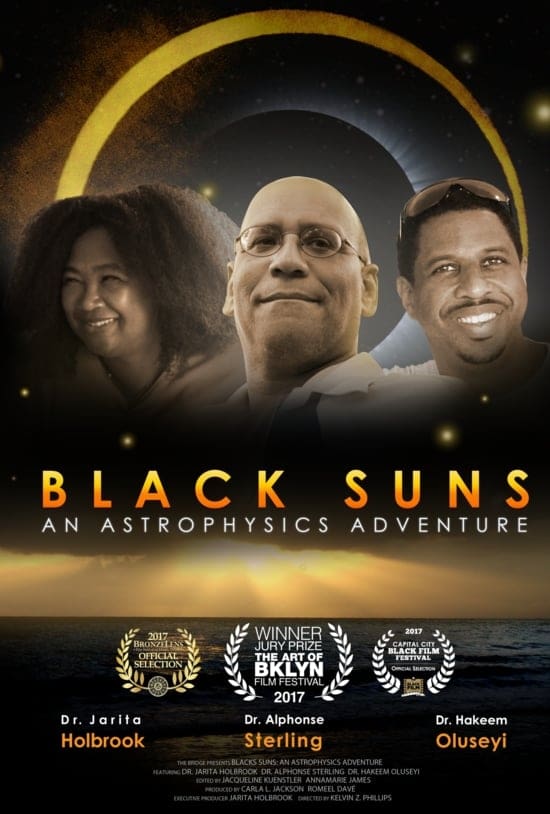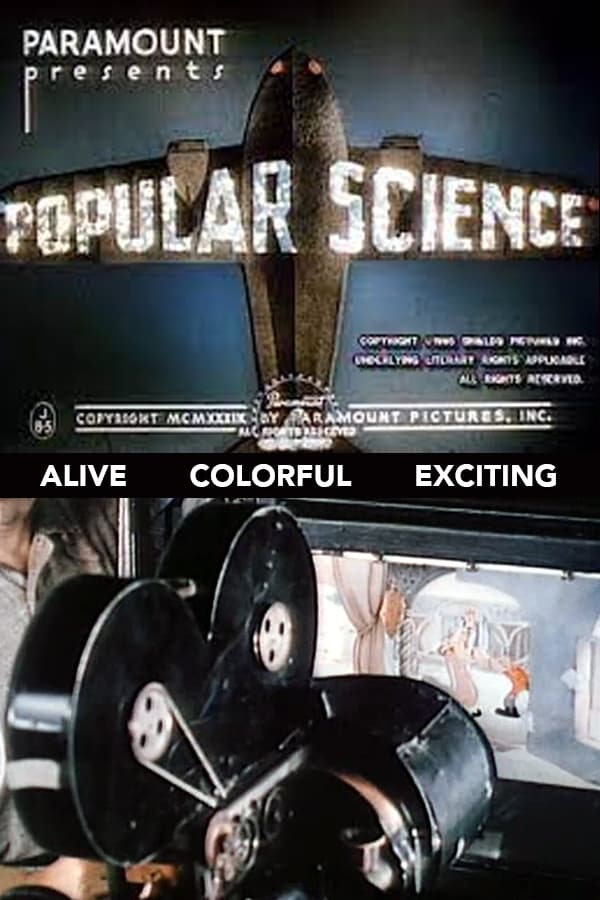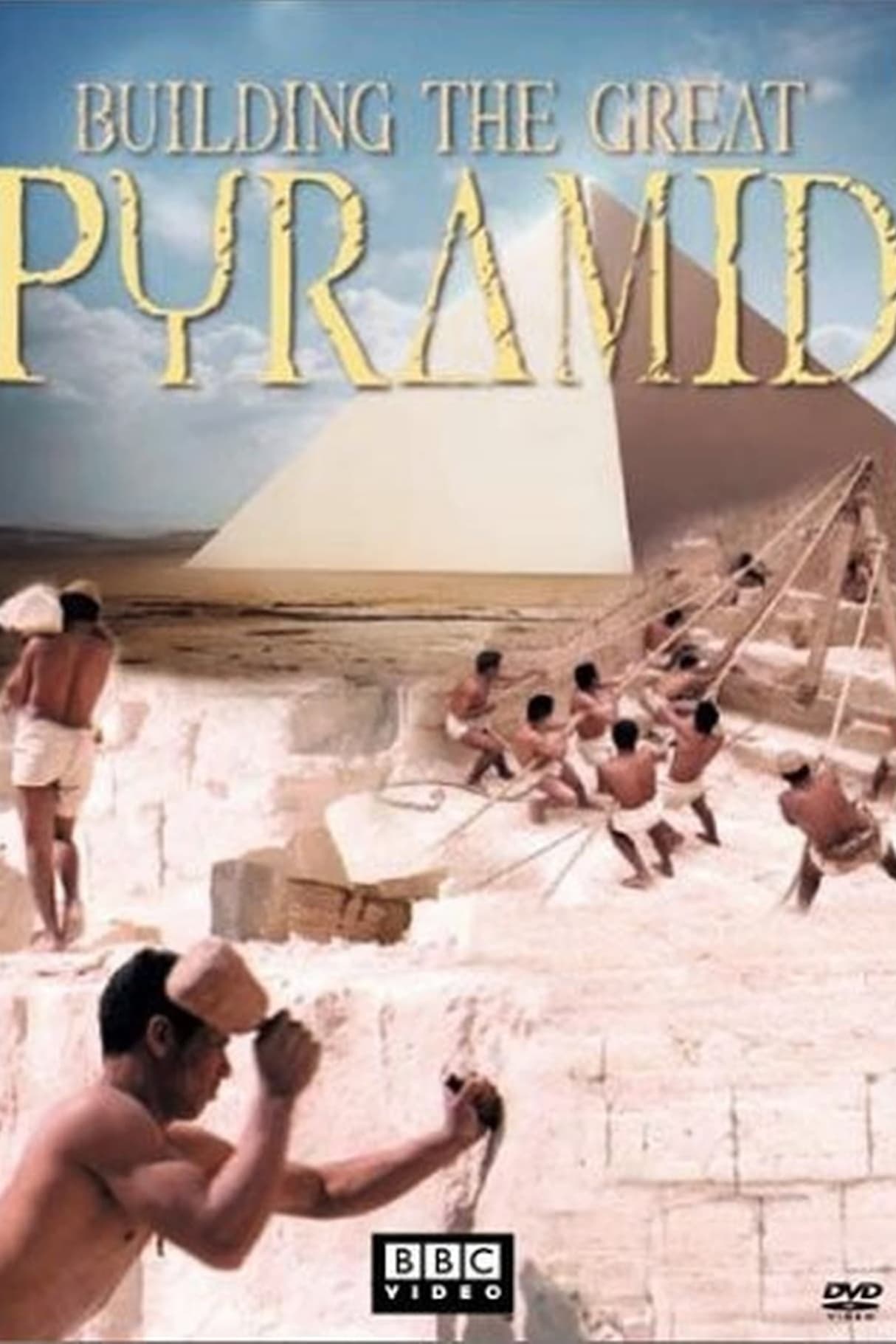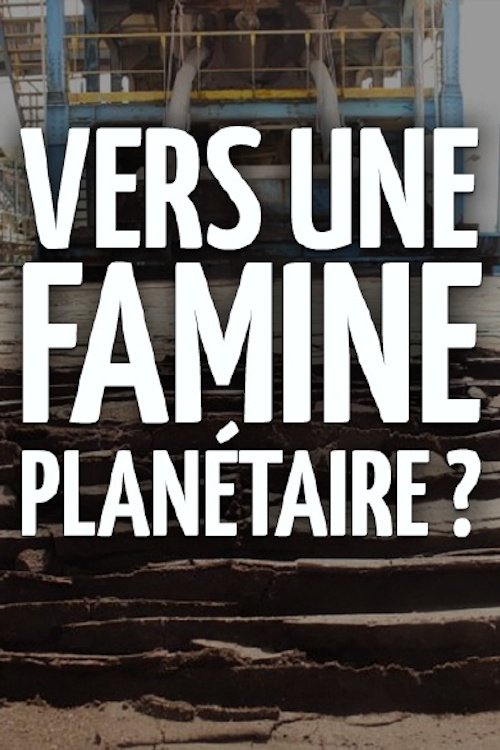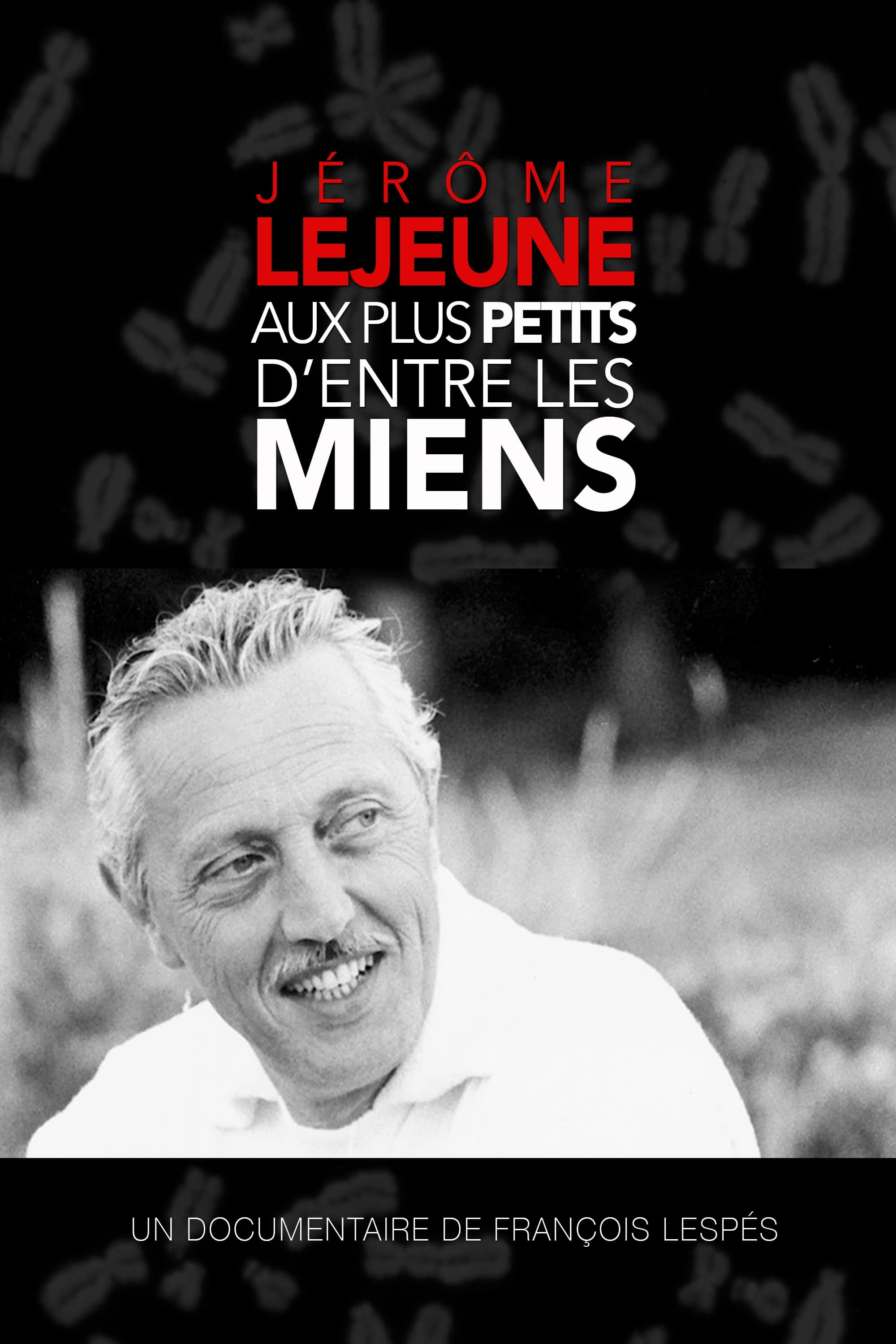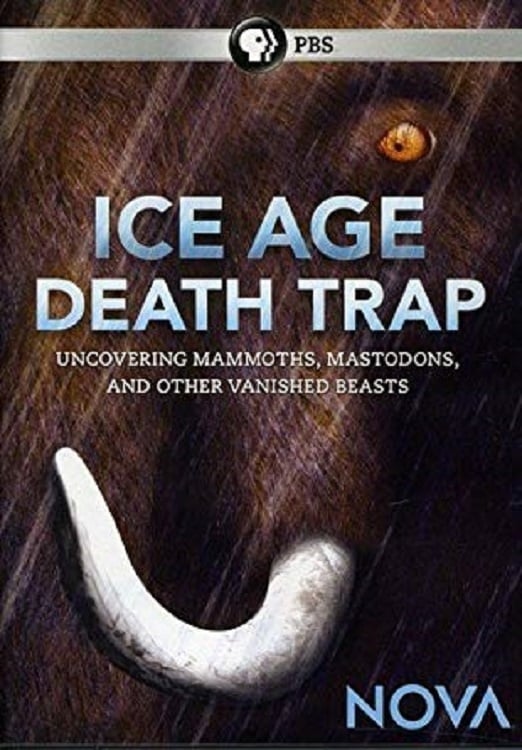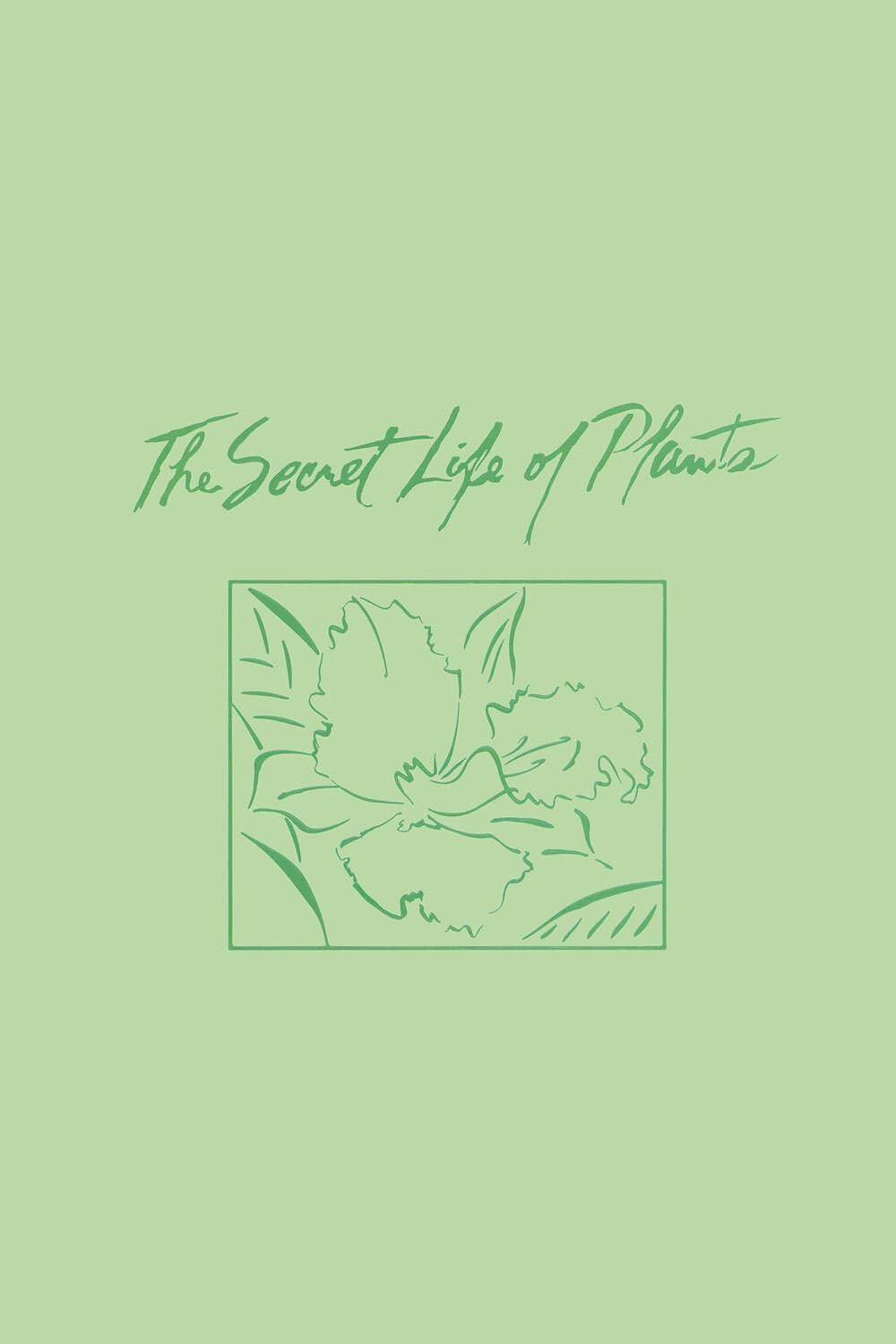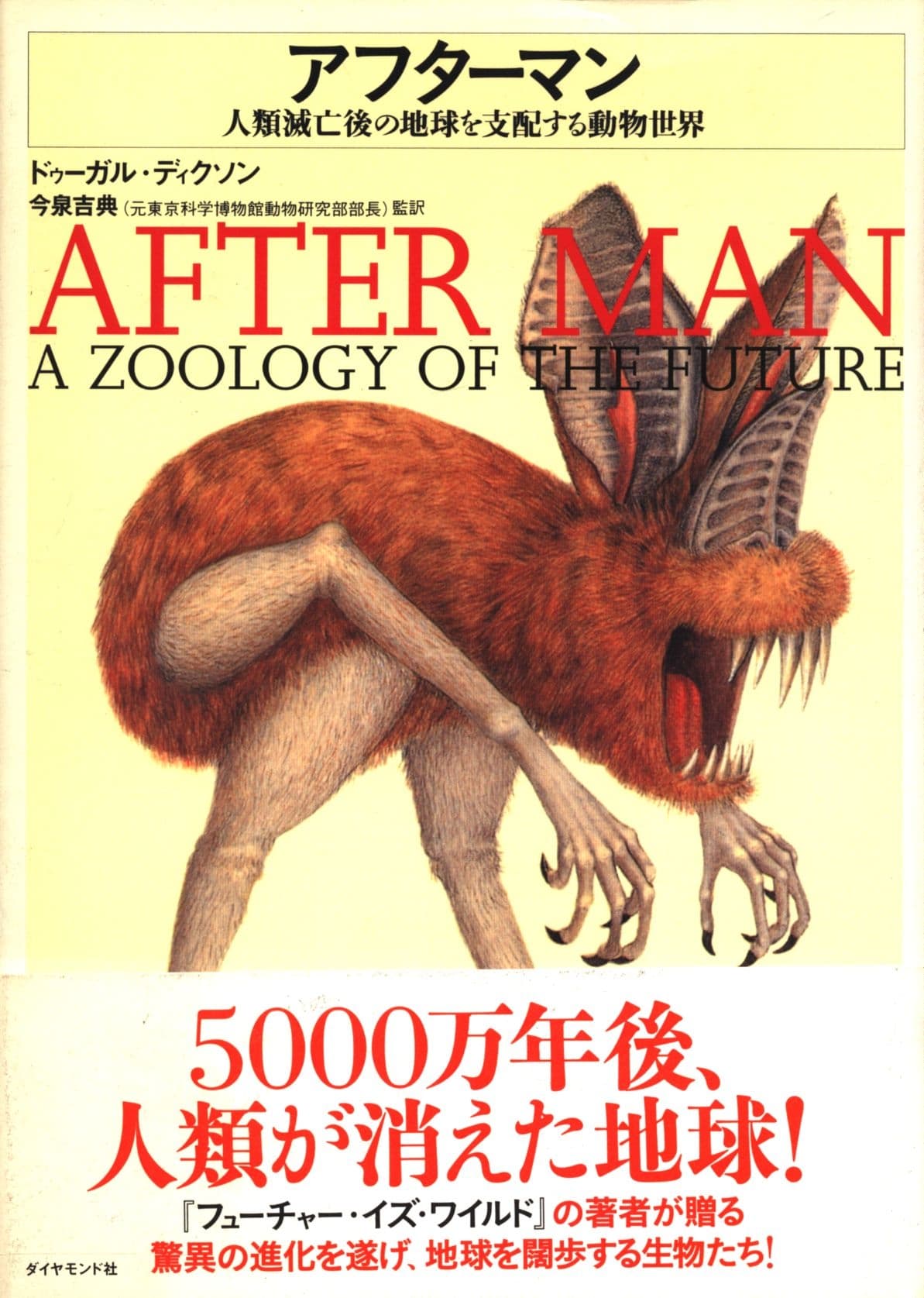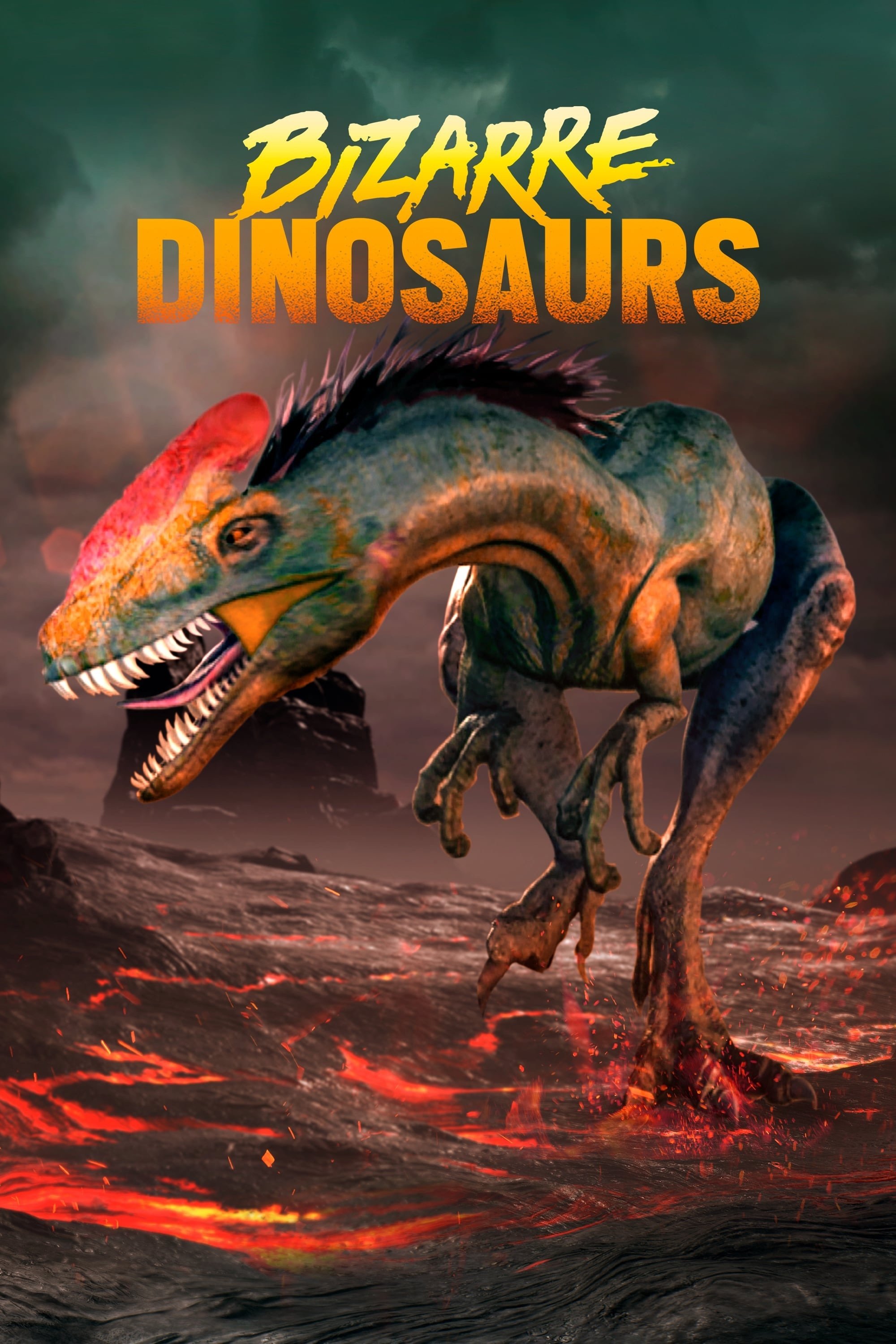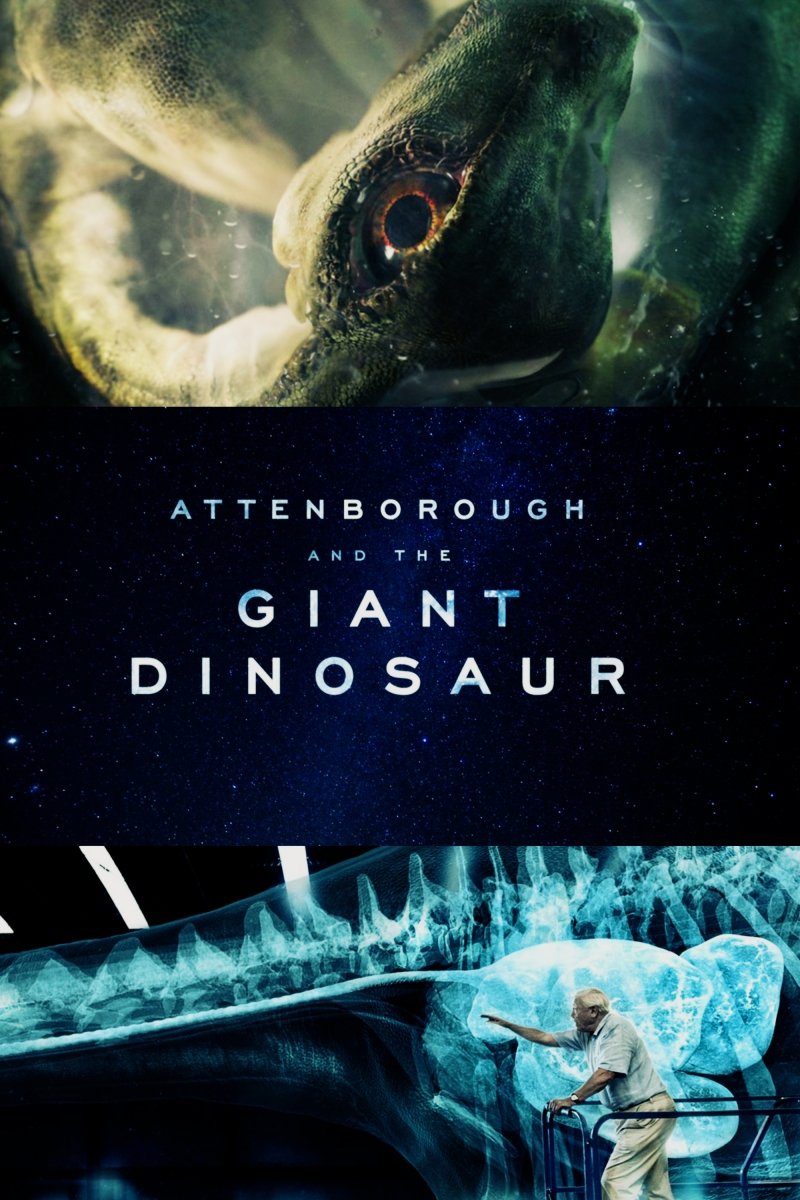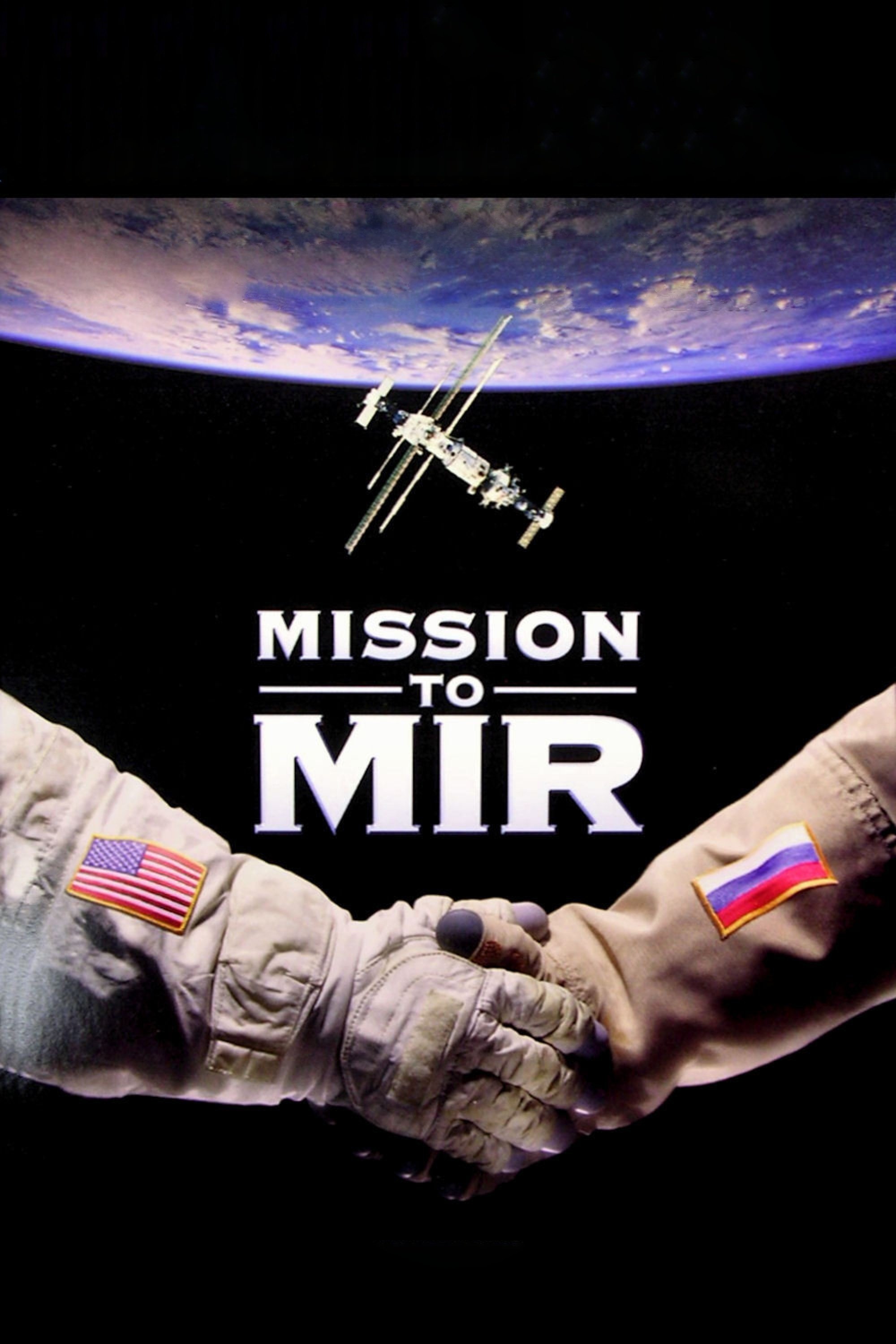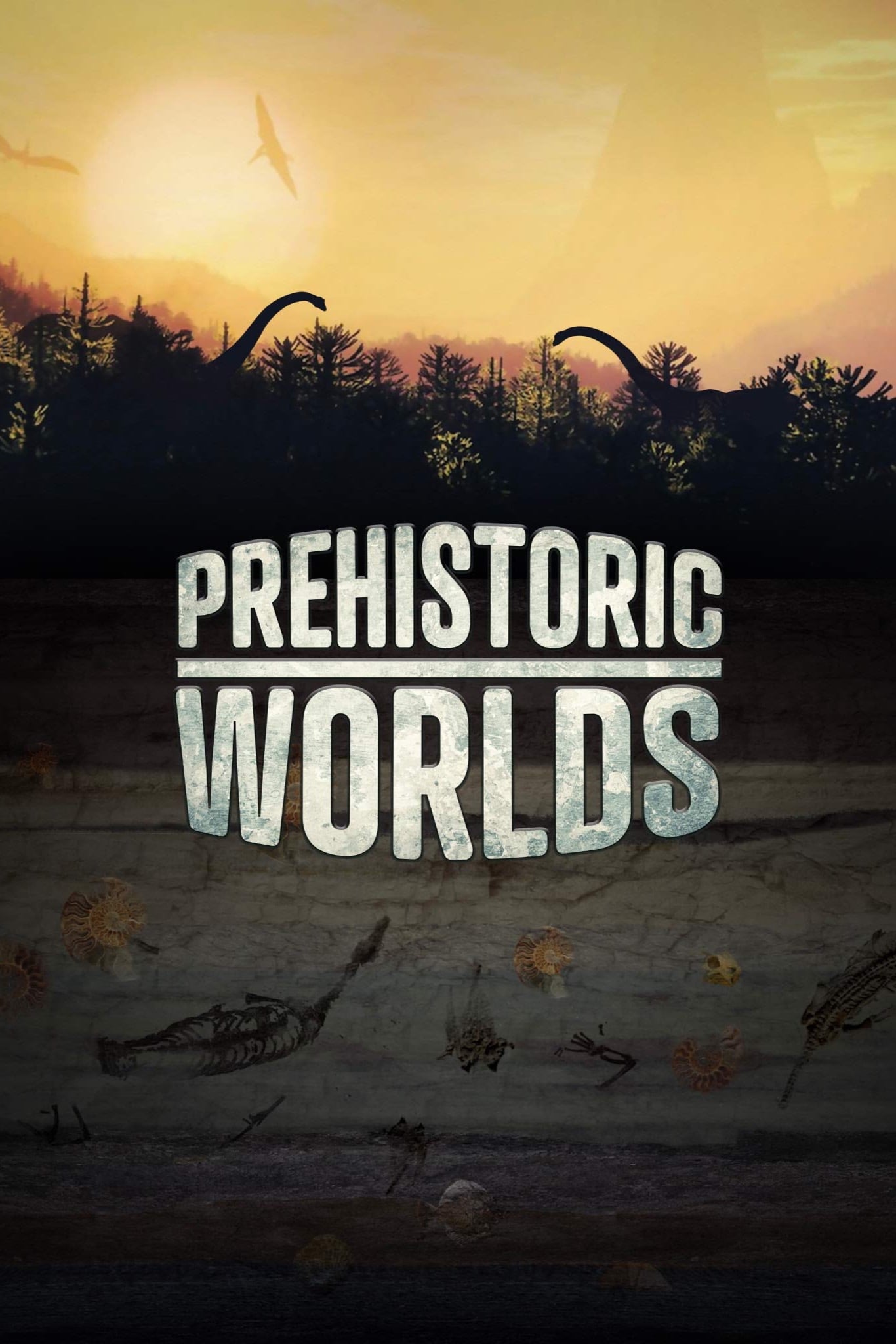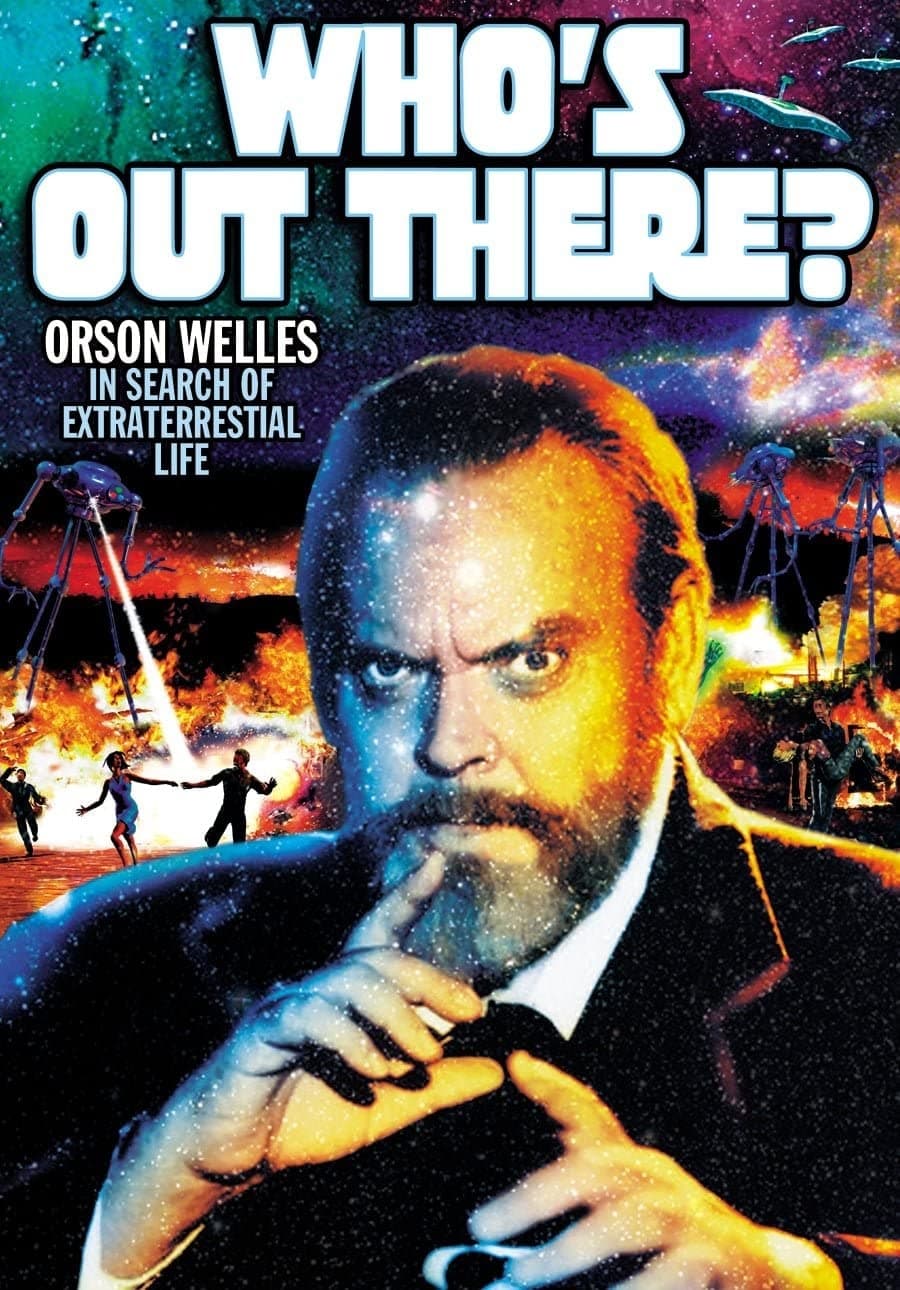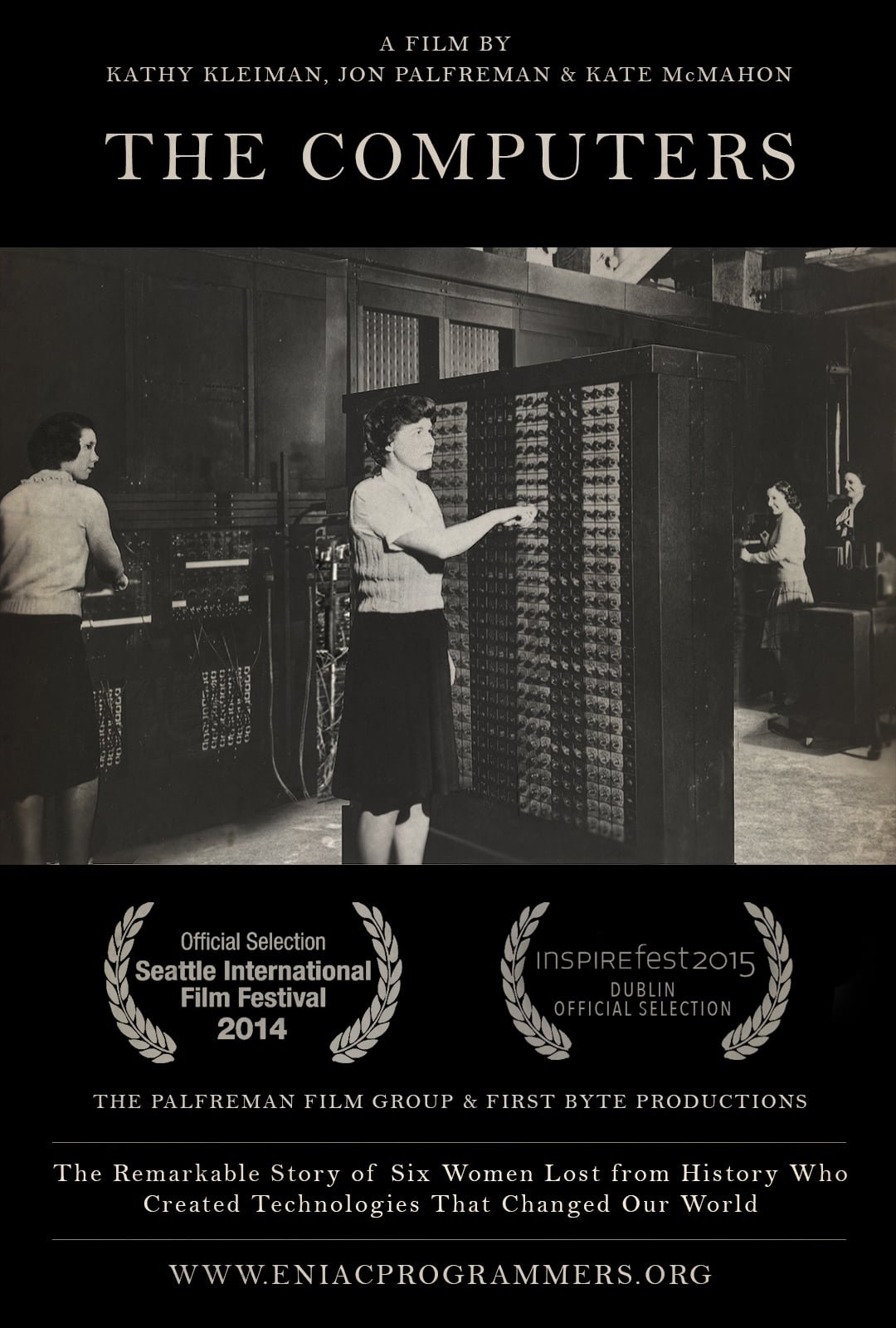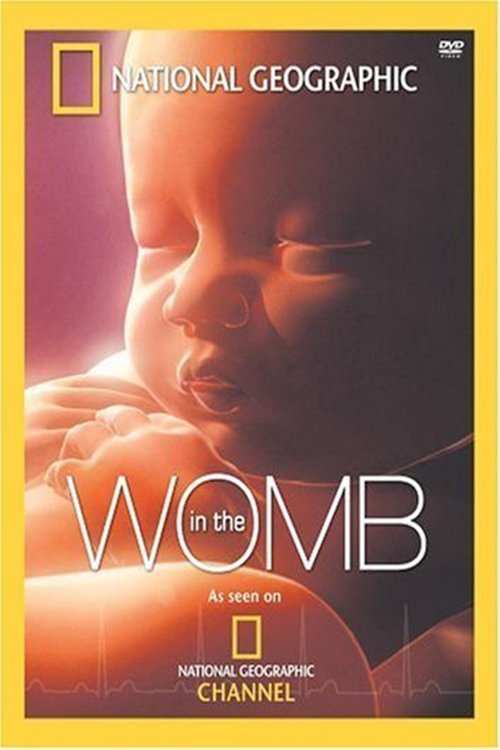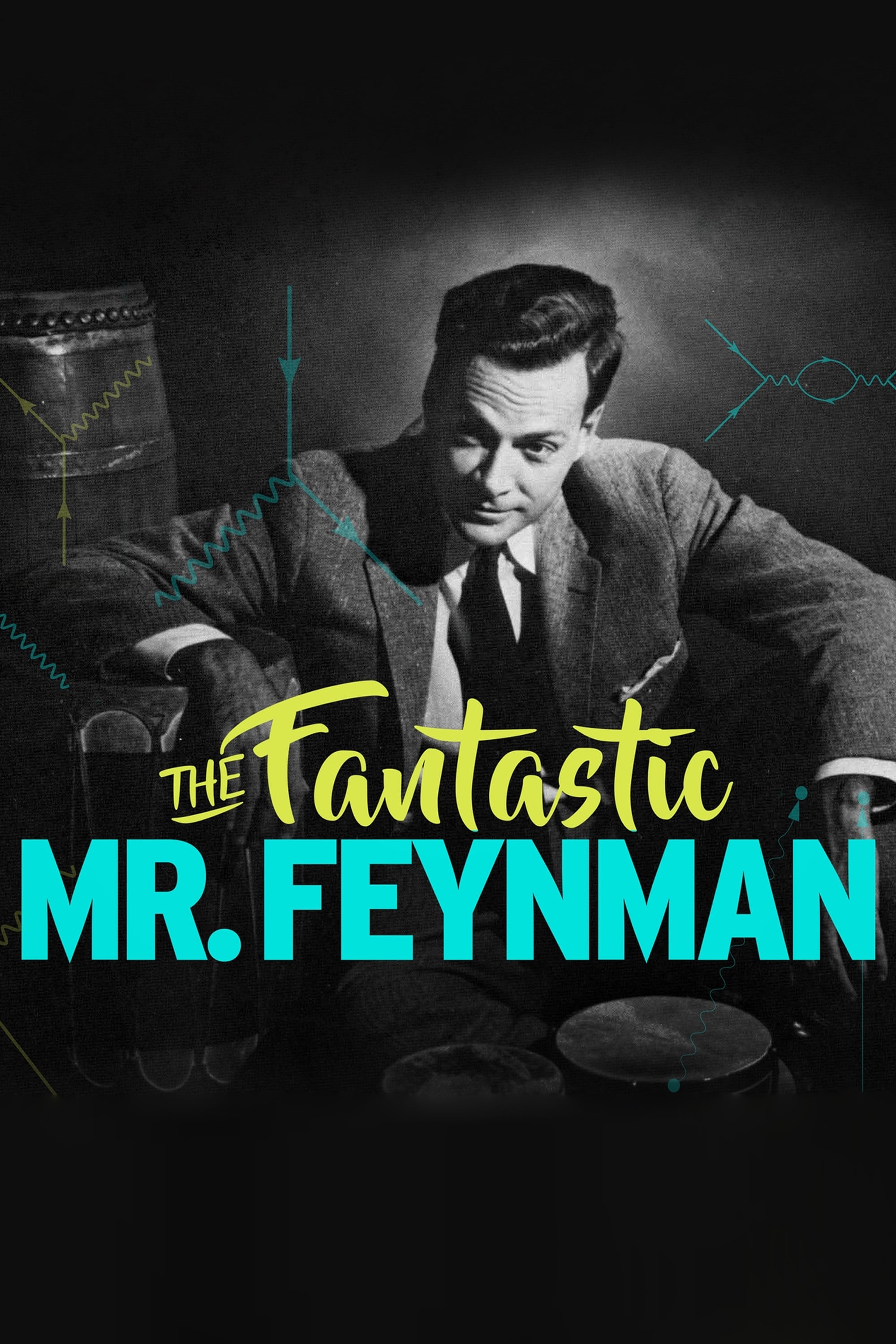Mastodon in your Backyard (2001)
Overview
A documentary about the 1999 discovery of a Mastodon skeleton in a Hyde Park backyard.
Production Companies
Additional Info
| Budget | $0.00 |
|---|---|
| Revenue | $0.00 |
| Original Language | en |
| Popularity | 0.5911 |
Directed By
Al Gyuro
Crew
Al Gyuro
TOP CAST
Similar Movies
Black Suns: An Astrophysics Adventure
BLACK SUNS: AN ASTROPHYSICS ADVENTURE is a documentary about chasing eclipses and science dreams. It chronicles the lives of two globetrotting African American astrophysicists, Dr. Alphonse Sterling and Dr. Hakeem Oluseyi, as they follow the two solar eclipses that occurred in 2012. Dr. Alphonse Sterling of NASA, stationed in Japan, had early success in the US, but left his home country to further cultivate his wide-ranging interests. Dr. Hakeem Oluseyi of the Florida Institute of Technology, is a scientist who beat the odds of poverty, and a poor early education, to get where he is today. The film is hosted by award-winning cultural astronomer Dr. Jarita Holbrook.
Popular Science J-7-1
Raising angora rabbits for wool; new marine navigation and safety technology; kitchen gadgets; developing new rose varieties.
Pyramid
Of the Seven Wonders of the Ancient World, the Pyramid is the only one to survive. Many believe that even with our 21st-century technology, we could not build anything like it today. Based on the most up-to-date research and the latest archaeological discoveries, here is how the Pyramid came to be.
Jerome Lejeune - To the Least of My Brothers and Sisters
To the Least of My Brothers and Sisters is a new documentary on the life of Jerome Lejeune, the Father of Modern Genetics that was made to celebrate the 20th anniversary of his death. Filmed on two continents, it contains numerous interviews with former colleagues, families, current medical researchers, and others, all who express the importance of Jerome Lejeune in both the history of medicine and the defense of the dignity of human life.
Spiders on a Web
Consisting of a single shot, Spiders on a Web is one of the earliest British examples of close-up natural history photography. Made by one of the pioneers of the British film industry, G.A. Smith, this short film details spiders trapped in an enclosure, and despite the title, does not actually feature a web.
Ice Age Death Trap
In a race against developers in the Rocky Mountains, paleontologists uncover a unique fossil site packed with astonishingly well-preserved bones of mammoths, mastodons, and other giant extinct beasts. The discovery opens a highly focused window on the vanished world of the Ice Age in North America.
The Blob: A Genius without a Brain
This documentary outlines the unique properties and latest studies of "Physarum Polycephalum", also known as Blob.
The Secret Life of Plants
A documentary about the study of plant sentience with original music by Stevie Wonder. Utilizing time-lapse photography, the film proposes that plants are able to experience emotions and communicate with the world around them.
Out Of Europe
Looking at whether the history of early human evolution should be rewritten. For decades, most experts have been convinced that Africa is the cradle of mankind and many fossil finds from Kenya, Ethiopia, South Africa and Chad seemed to prove it.
Bizarre Dinosaurs
While dinosaurs may have been some of the mightiest creatures ever to have walked the earth, they also could have been among the most bizarre. With extreme, exaggerated body parts, some predators were loaded with outlandish or disproportionately sized appendages. Join world-renowned paleontologists and travel the globe to unearth some of the lesser-known but most surprising members of the dinosaur family: Mamenchisaurus, whose neck alone was longer than the rest of its body; Chasmosaurus, adorned with a fashionable crown of frilly spikes to attract the eyes of potential suitors; Spinosaurus, with massive extensions from its vertebrae that could have supported a sail or a hump; and Parasaurolophus, whose tube-like head crest may look odd to us, but was a mating magnet back in the day.
Attenborough and the Giant Dinosaur
David Attenborough tells the story of the discovery and reconstruction in Argentina of the world's largest-known dinosaur, a brand new species of titanosaur.
Mission to Mir
This film shows how far we have come since the cold-war days of the 50s and 60s. Back then the Russians were our "enemies". And to them the Americans were their "enemies" who couldn't be trusted. Somewhere in all this a young girl in Oklahoma named Shannon set her sights on becoming one of those space explorers, even though she was told "girls can't do that." But she did.
Prehistoric Worlds
Five times, Earth has faced apocalyptic events that swept nearly all life from the face of the planet. What did these prehistoric creatures look like? What catastrophes caused their disappearance? And how did our distant ancestors survive and give rise to the world we know today?
Who's Out There?
Orson Welles — with contributions from scientists George Wald, Carl Sagan, and others — examines the possibility and implications of extraterrestrial life. In examining our perceptions of alien 'martians' from his "War of the Worlds" broadcast, to then-modern explorations of Mars, this film from NASA provides a unique glimpse at life on earth, and elsewhere in the universe.
The Computers
Six young women programmed the world's first all-electronic programmable computer, ENIAC, as part of a secret US WWII project. They changed the world, but were never introduced and never received credit. These pioneers deserve to be known and celebrated: Betty Snyder Holberton, Jean Jennings Barik, Kay McNulty Mauchly Antonelli, Marlyn Wescoff Meltzer, Ruth Lichterman Teitelbaum, and Frances Bilas Spence.
In The Womb
In The Womb is a 2005 National Geographic Channel documentary that focus on studying and showing the development of the embryo in the uterus. The show makes extensive use of Computer-generated imagery to recreate the real stages of the process.
The Fantastic Mr Feynman
Richard Feynman is one of the most iconic, influential and inspiring scientists of the 20th century. He helped design the atomic bomb, solved the mystery of the Challenger Shuttle catastrophe and won a Nobel Prize. Now, 25 years after his death - in his own words and those of his friends and family - this is the story of the most captivating communicator in the history of science.

